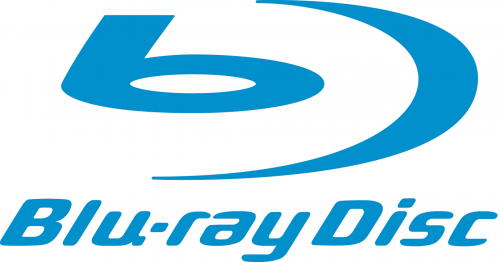This year’s Consumer Electronics Show clearly demonstrated that the 4K ultra-high-definition video format is heading to the mass market. Consumer and computer electronics companies need to sell a new technology with a beautiful name, so they will continue promoting UHD. But there are problems with certain standards as well as there is a lack of media to distribute 4K content and the lack of the latter translates into lack of demand. Samsung Electronics proposes a simple and elegant solution.
While there are displays and televisions capable of displaying content in 3840*2160 resolution, there are not a lot of 4K movies available commercially these days. Leading consumer electronics makers (such as Sony, Samsung and LG) have to ship special hard drive-based players with pre-loaded movies in UHD quality with their 4K/5K TV-sets. It is also possible to stream ultra-high-def movies via the Internet, but that requires well-connected data-centers for service providers as well as high-bandwidth Internet access for customers. Unfortunately, existing consumer-grade Blu-ray discs do not provide enough storage for movies in 4K format, so packaged media is unavailable as well.
But Samsung Electronics proposes a simple and natural way to distribute content in ultra-high-definition: to use multi-layer Blu-ray discs (BDs) that have existed for years in BDXL standard. The BDXL specifications enable triple-layer 100GB RE (rewritable) and R (write-once) discs as well as quad-layer 128GB R discs. There could also be quad-layer 100GB discs.
Considering that 4K UHD resolution is four times higher compared to full-HD resolution (and thus requires four times more storage space), keeping in mind that the HEVC/H.265 video codec to be used for UHD is 51% -74% more efficient than currently used MPEG4-AVC/H.264 and assuming that a 1080p movie without bonus features requires 40GB of space, 100GB – 128GB should be enough for a movie in 4K UHD*.
Current consumer Blu-ray disc players do not support BDs with 25GB+ layers (each BDXL layer has 33GB capacity) and cannot read more than two layers. But already available Blu-ray burners for PCs perfectly support BDXL media. Installing lasers and mechanics from those drives into CE-grade players should not be a technical problems for big companies. Industry-standard video codecs suitable for compression of 4K video – HEVC/H.265 and VP9 – are supported by designers of decoder chips. There are HEVC/H.265-supporting chips for TVs on the market already.
Vice-president for consumer electronics at Samsung Australia Philip Newton told The Australian news-paper that once all the CE companies are “on the same page” with a clear intention to standardize a “Blu-ray 4K UHD” technology and commercialize it as soon as possible, the specification may be finalized shortly and actual discs may emerge as early as “by the end of the year.”
There may be roadblocks for usage of BDXL-derived media for UHD content. Big CE makers and major studios may decide that they need additional layers of protection for 4K video beyond HDCP, AACS, BD+ and BD-ROM mark that are used today. Development of such standards takes a long time. Besides, it is unclear whether replication factories can replicate multi-layer BD media. Finally, Sony and Panasonic are working on a new optical disc standard with recording capacity of at least 300GB per disc; the specification should be ready by late 2015. While such capacity is not needed for 4K UHD movies, it will be required for 8K UHD movies (in 7680*4320 resolution) several years from now. Nobody wants to have a new standard war. Moreover, CE makers might prefer to avoid launching two [presumably incompatible] consumer-oriented media standards in a relatively short period of time.
KitGuru Says: While it is hard to believe that a “Blu-ray 4K UHD” standard could be finalized and even commercialized by the end of 2014, Samsung’s proposal seems to be a rational one. Blu-ray technology is mature and using it should be cost-efficient.
*In case a 1080p movie is encoded using the HEVC/H.265 codec (which is at least 50% more efficient), it will require maximum 20GB of storage space (instead of 40GB in case of encoding using MPEG4-AVC/H.265). It is logical to assume that the same movie in 4x resolution will require 80GB of space.
 KitGuru KitGuru.net – Tech News | Hardware News | Hardware Reviews | IOS | Mobile | Gaming | Graphics Cards
KitGuru KitGuru.net – Tech News | Hardware News | Hardware Reviews | IOS | Mobile | Gaming | Graphics Cards




Whats wrong with flash drives? same or greater storage, similar cost, especially if mass produced and “write once-ish”.